Japanese whiskies have really began to invade North America and Europe with their sophisticated flavor profiles and intricate blends of aroma. Comparable to a Scotch between the lowlands and Speyside, they are floral and smooth with a warm honeysuckle sweetness with a rarified smoky finish that resembles almost the peat marks found in a good Islay Scotch.
Whisky has long been loved across much of Asia and it, for many decades, became a prominent gift of gratitude that westerners would give their Asian counterparts a bottle of fine whisky as a token of their gratitude and appreciation.
While Scotch, American Bourbon, Irish and Canadian whiskies seem to remain the most prominent, Japanese whisky has managed to emerge as a viable contender. This is its story.
The History of Japanese Whisky
If you work in the world of whisky, the names Masataka Taketsuru and Shinjiro Torii are ones that should roll off the tongue.
The two most prolific names in the history of Japan’s whisky industry, Shinjiro Torii was medicine man, a large wholesaler of pharmaceuticals and the name behind global libations brand Suntory. Initially, an importer for American liquor, Torii was a big fan of what most of Japan had difficulty procuring, but was readily available in the western world. Creating a brand of port wine called Akadama, Torii capitalized on Portugal’s porto industry and copied a recipe that he understood would very quickly become successful in Japan, just as it had throughout much of the rest of the world. In 1907, he opened a small store called Torii Shoten in Osaka, Japan.
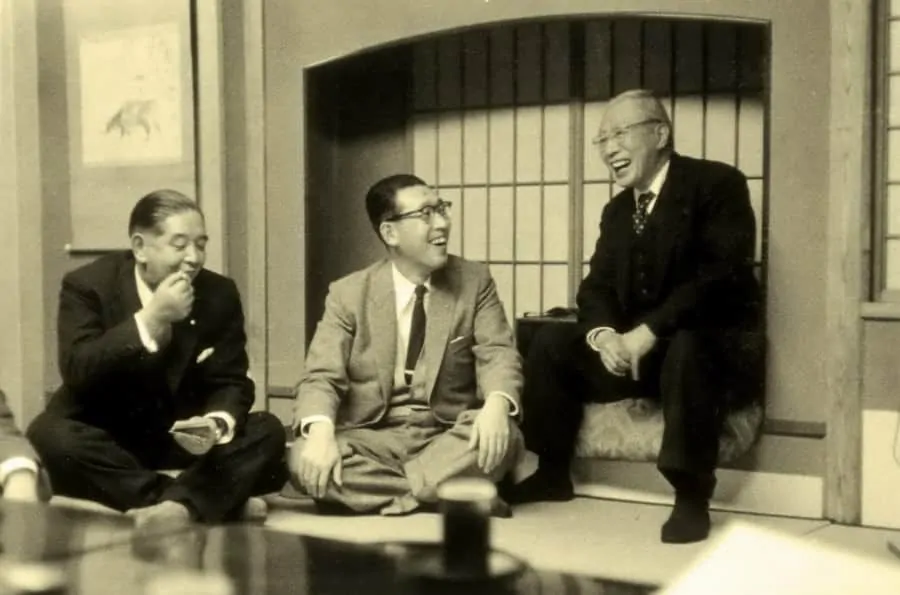
Despite his immediate success as a port producer, Torii, the serial entrepreneur, decided to forge ahead and diversify his investment into the liquor industry, embarking on a journey into the world of whisky and creating a brand called Kotobukiya, which he had already legally established on February 1st, 1899. Despite operating successfully under the name Torii Shoten, Torri renamed the business in 1921 to further operations and in 1923, Torri, an already influential and wealthy man, made it his immediate mission to sample all of the world’s finest whiskies in an effort to fully understand and appreciate the brown spirit. Quickly realizing this was where his heart was, Torii set out to create his own brand of whisky with a very spectacular Asian influenced twist. He traveled to Yamazaki, a suburb of Kyoto, Japan and built Japan’s very first whisky distillery. He specifically chose Yamazaki after understanding what integral part water played in the production of good quality whisky. Since the region was so famous for its superlative water source, Torii knew from the get-go that Yamazaki would prove to be his most valuable investment yet.
At this time Torii hired a man by the name of Masataka Taketsuru. Taketsuru was one of only a small handful of Japanese men to have the distinct opportunity and honor of studying under Professor T. S. Patterson at the University of Glasgow as well as at the Hazelburn Distillery in Campbeltown, Scotland near the beginning of the 1900s. A man well known for his memory, Takesuru brought with him the art of Scotch whisky making from deep in the heart of Scotland to the water ways of Kyoto in the early or mid 1920s. In December of 1924, production began and by 1929, Suntory Whisky Sirofuda (white label), was officially the first single malt Japanese whisky on the market.
When World War II struck, the shortages from war halted Torii’s business plans and temporarily forced the doors of Kotobukiya to close. However, the ever-adapting business man, Torii managed to capitalize on post-war 1946 and re-released his whisky to widespread critical acclaim.
After helping Torii launch a very successful campaign called Drink Torii’s and Go to Hawaii”, the Kotobukiya brand rebranded itself as Suntory and after helping to establish his Yamazaki whisky distillery and building it from the ground up until it was not only successful, but fabulously wealthy, Taketsuru left Torii’s Kotobukiya company in 1934 to open his own incorporation called Dainipponkaju, now prominently known as Nikka whisky, one of Japan’s most well regarded whiskies.
Today Nikka is one of the most well known whisky brands, but nevertheless still much small a company, than that of Suntory. In 1997, Suntory became the official Japanese partner of Pepsi, and while they still produce whisky, now makes everything from soft drinks to sandwiches. In January of this year, Suntory publicly announced its $16 billion acquisition of Beam Inc, making it the third largest spirits producer in the world.
It’s important to note these men, not only for the role they played in helping Japan emerge as one of the liquor leaders of the world, but also because due to Taketsuru’s experience in Scotland, it’s arguably, his doing that Japan has copied the spelling of “whisky”, rather than taking on the more common spelling of “whiskey”.
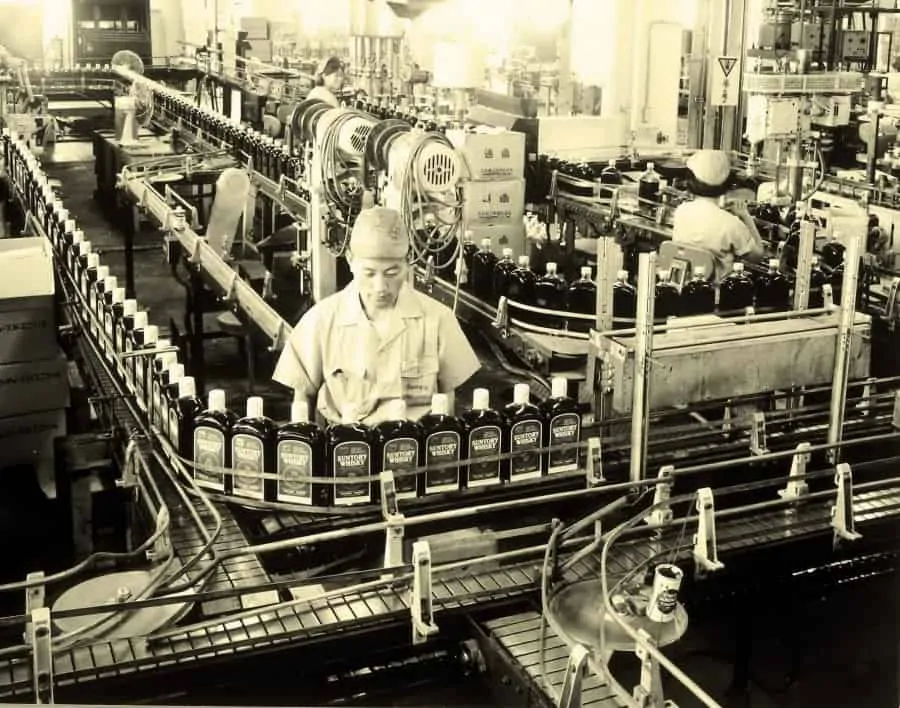
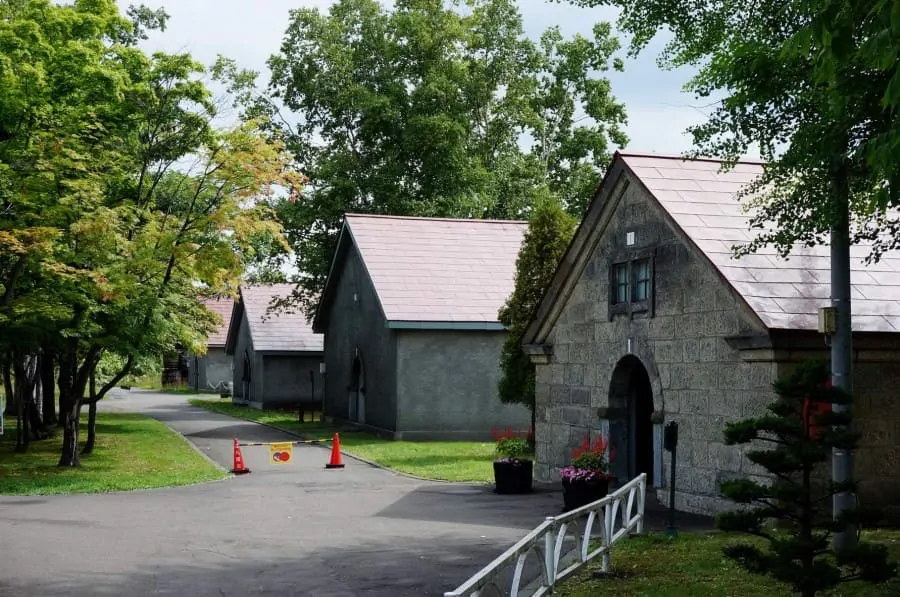
How it’s Made
Japanese whisky is much like Scotch whisky and adheres to many of the same standards as well as the production process. Despite having a unique Asian influence which many attribute to the water, it really is very similar to that of a lowland or speyside malt with a very smoky presentation. The one stark difference is price. While you can find some fairly expensive Japanese whiskies, they typically do not even compare to that of many of the rarified and fine whiskies hailing from Scotlands most prominent distilleries. One might argue that Scotland’s whiskies are superior to that of any Japanese counterpart, but others contend that they are starkly different with contrasting flavor profiles, arguably due to the water source. I myself notice a fairly significant difference and have to be in the mood for a Japanese whisky to thoroughly enjoy one compared to my usual appreciation for Scotch whisky.
With that said, I do enjoy Japanese whisky very much and would like to present you with a few of my favorites:
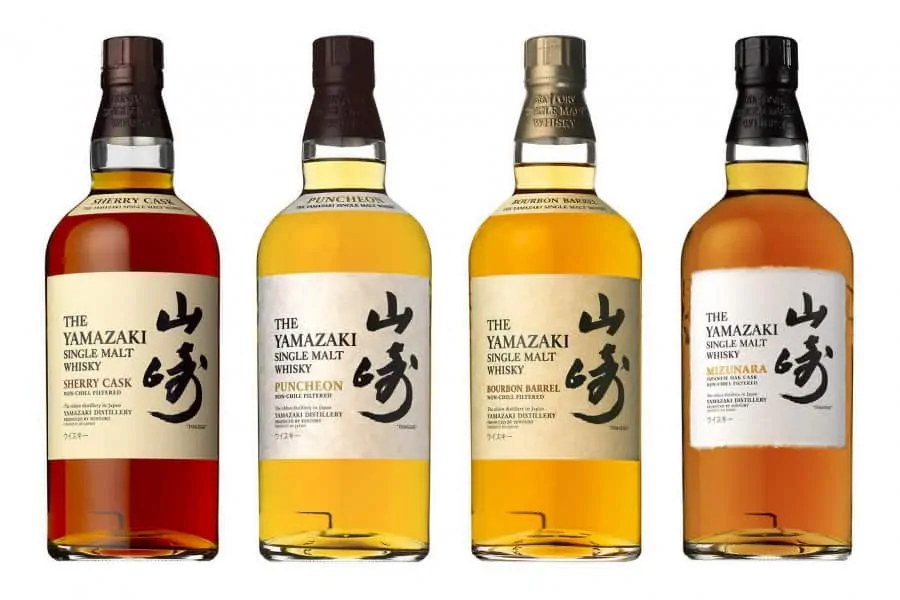
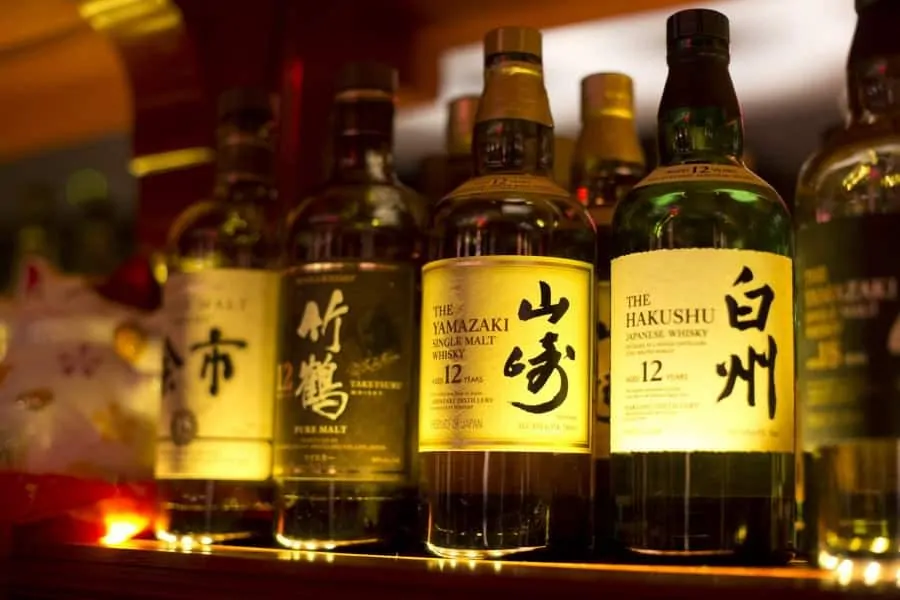
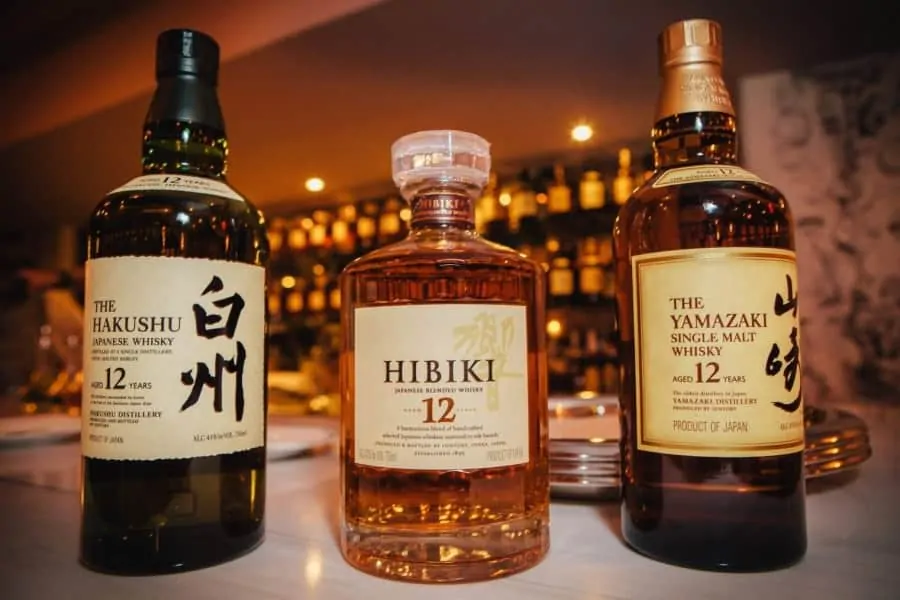
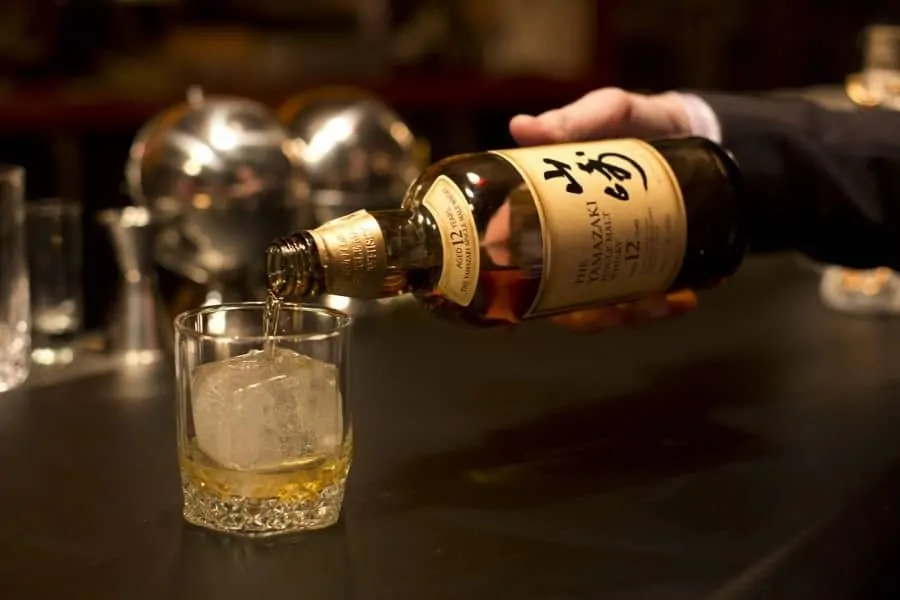
Recommended Whiskies
Hibiki 12 Year
An exceptionally well crafted blend of Japanese whiskies, the Hibiki 12 year is actually partly aged in plum barrels before being bottled. It is a blend of Yamazaki and Hakushu malt whiskies, as well as a grain whisky from Chita. It is uniquely satisfying in a very elegant manner and is one that needs to be tried to be properly described.
Taketsuru 21 Year
There aren’t many 21 year old whiskies in the world that can be purchased for under $100. Takesuru 21 year is one such whisky and offers a very rich and fulfilling oaky dram blended with hints of soy sauce. I told you Japanese whiskies were Asian influenced. Somehow the soy sauce, despite being prominent, pairs splendidly with notes of cocoa, espresso and black licorice. It’s a gorgeously spicy dram and even has some tang that pinches the tongue. It has significant bursts of turmeric, ginger and just a touch of orange marmalade. For under $100 you can’t go wrong. This is one whisky that deserves a permanent spot in your bar and offers traditional whisky drinkers a rather unique experience.
Miyagikyo 10 Year
Normally, I don’t recommend such young whiskies unless it happens to be the oldest year for the region. However, the Miyagikyo 10 year is one whisky worthy of your limited attention. It’s a very floral whisky with bursts of fresh fruits and less of the jammy taste. It’s silky smooth on the tongue and offers a certain elegance not often found in Japanese whisky brands. It really is something worth trying and the price is hard to beat.
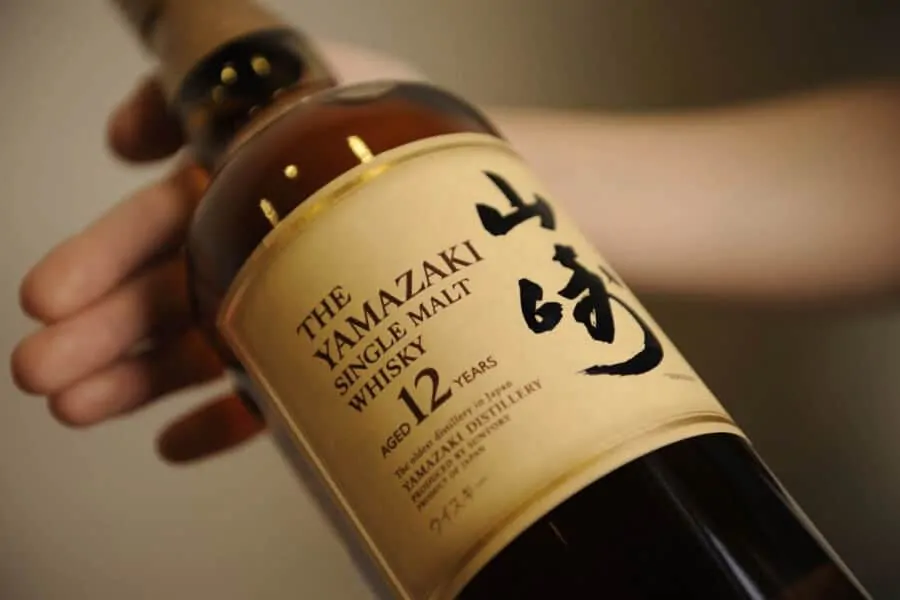
Yamazaki 12 Year
An oily whisky, the 12 year by Yamazaki is one of those daily drams. It’s not overpowering and is great for those cold autumn nights. To paint a picture, this is one of those few drams that works perfectly in the evening when the leaves are falling and the wind is whistling. It also works very well in a hot toddy and is soothing with earthy undertones and a hint of the tropical seas. If you’re looking for a night cap, this is one that I’ll often have as I sit in my living room listening to my old records with my nightshirt on and my robe tightly knotted.
Hakushu Bourbon Bottle
This has the tropics written all over it. It’s creamy, it’s smooth and it’s very fruit forward. Somehow this particular bottle pairs the sweetness of melon and honey with the zest of lemon and lime. A truly exceptional dram, this is a great summer drink, on a breezy evening as you look up at the stars. At our home we have a deck in the back yard and once the kids are in bed and my wife is resting, my lounge chair and my pipe call my name. This particular malt pairs very well with the Davidoff Scottish mixture pipe tobacco or a mild to medium bodied cigar.
Yoichi 12 Year
If Yoichi were a wine it would be a chardonnay. It’s crisp, floral and refreshing. You can almost taste the sea. It has wisps of peat smoke and the splendor of fresh apples and pears. A perfect midday dram in the summer or spring, this is a great option when your wife is insistent on having people for brunch and sangria just isn’t doing it for you and the boys.
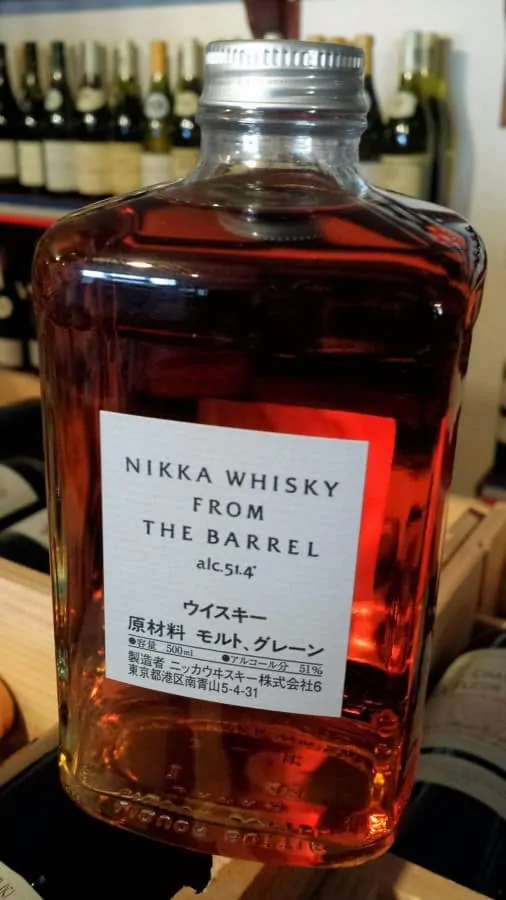
Nikka Whisky from the Barrel
If you’re looking for a great daily dram, it’s hard to beat this bottle. It has almost everything you look for in a gentle Scotch. From tree-picked fruits to caramels and toffees, it’s tough to beat the price, or the taste of this quintessential Japanese whisky.
Serving Japanese Whisky
I’d be hard pressed to suggest serving this spirit in any way other than you would a traditional dram of Scotch. However, I have a slightly less level of respect for Japanese whisky and due to its price, I have no issue with mixing it. While it tastes great neat, this is one whisky that can really help perpetuate the flavors of a well made cocktail or digestif. I often enjoy Japanese whisky in hot toddy’s, to spice up a cup of tea or even just as the primary ingredient in any whisky based cocktail.
Conclusion
This particular article is no where near as long as many of our others and with good reason; we don’t want to be redundant. Japanese whisky really takes all of its goodness from that of Scotch and so anything more than charting its history and recommending some bottles would be superfluous. I hope you’ve enjoyed this primer and I look forward to hearing your favorite Japanese drams. If you haven’t tried them already, take the leap. For the price you won’t be disappointed.
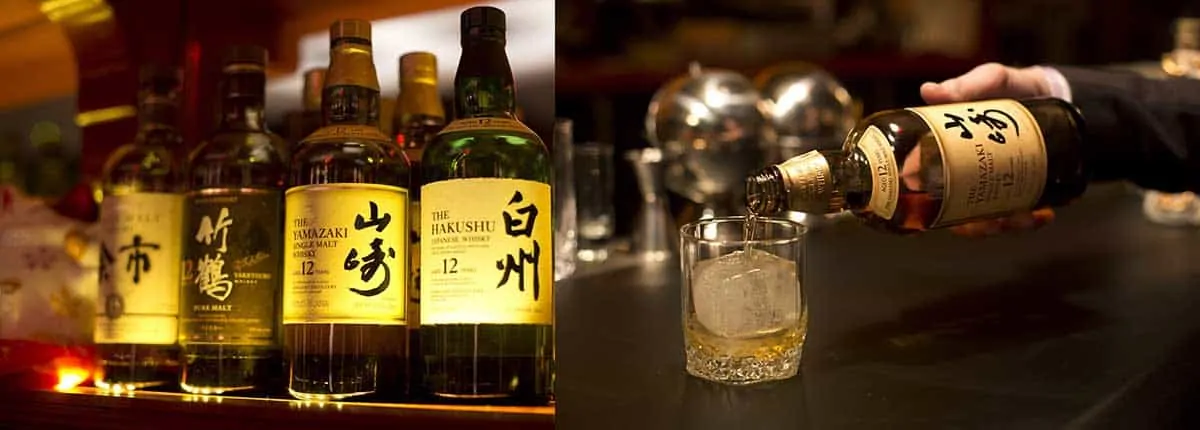
Some of them sound really good (mainly the Hibiki), but where do they stand compared to bourbon as per scotch in this article. I find my taste more towards rye whiskeys Crown Royal and now mostly the bourbons like Knob Creek. Thank you.
I was recently given a bottle of Hakushu by a visiting Japanese business man. I have to say, for a 12 year old whiskey, it was quite fabulous. I would almost argue that whiskey traditionally from Scotland at the lower price points but expensive also, have become so commercialised and mass produced they have lost the genuine craft flavours that these Japanese whiskey’s are providing. In short, my humble opinion, Japanese whiskey is today what Scot whiskey was like in the 40s through to the (let’s say) 80’s, before the big internationals got their accountants hands on the industry.
As a recent consumer of Single Malts, you have broadened my horizons. I look forward to trying some of these. Thank you
Dear Sir.
A pity that you are unaware of Chichibu, Karuizawa and Nikka Single cask whiskies.
The thought one might be left with after having read your article is that japanes whiskies are below par compared to Scottish whiskies.
As a long time conoisseur of whisky in most variations ( blended, rye, single grain and single malt), I find that there is a lot of value in dealing with the entire spectrum of whiskies that are produced around the world.
Until twelve years ago I probably had the same opinion as the one you are voicing here, but I have had the good fortune of acquiring a couple of single cask Nikka Yoichi’s and Miyagikyo’s, and I deduct from your article that you have been missing out on these stunning japanese single malt’s.
Japanese single malts are highly respected in malt whisky circles, and achieve very high prices on whisky auctions.
There are still availabe bottles out there, and I would encourage you to try some of the cask strength whiskies if you can.
There are some absolut astonishing drams waiting to be enjoyed.
Sláinte.